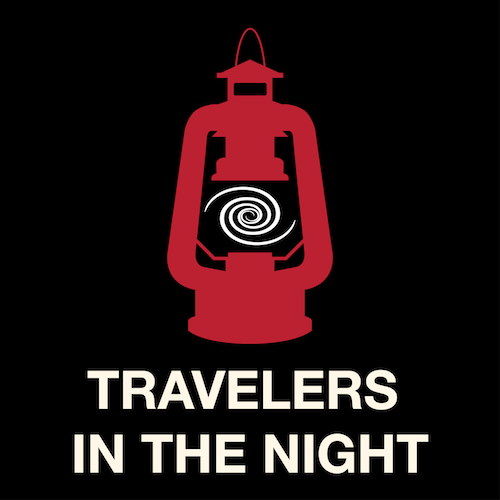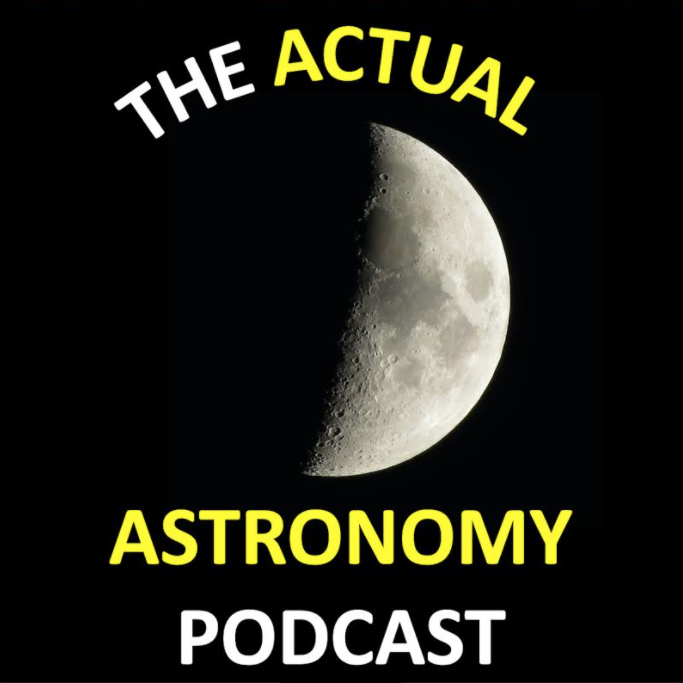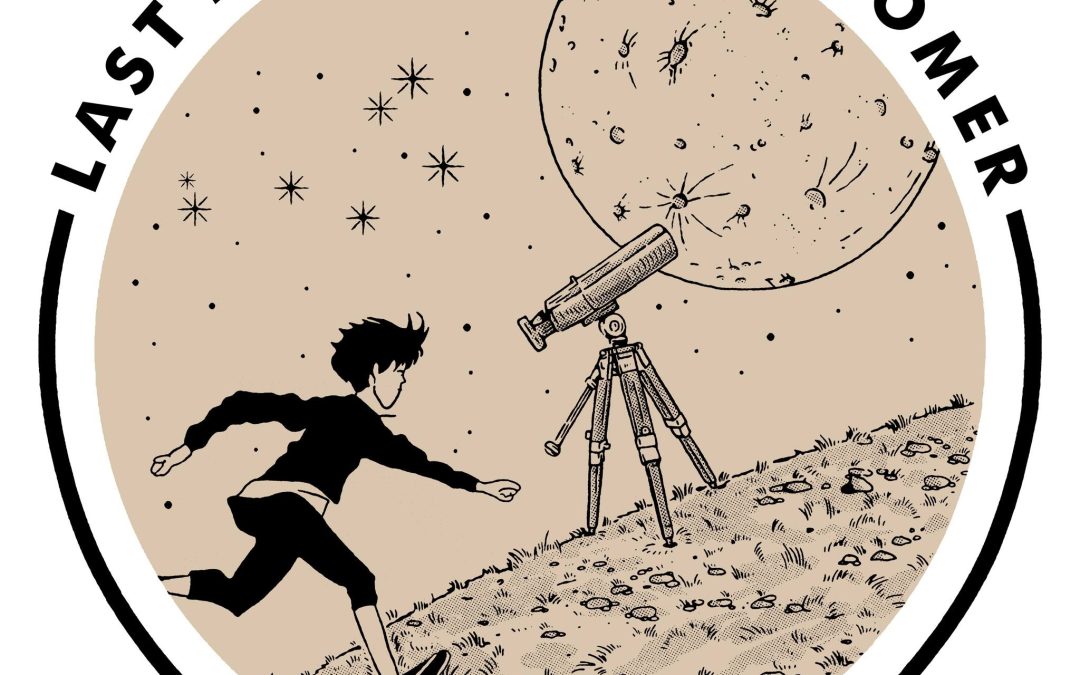A Mars-sized planet was found just 31 light-years away, orbiting its star every eight hours and having 55 percent the mass of the Earth, leading scientists to conclude it’s mostly made of an iron-nickel core.


A Mars-sized planet was found just 31 light-years away, orbiting its star every eight hours and having 55 percent the mass of the Earth, leading scientists to conclude it’s mostly made of an iron-nickel core.

Today we celebrate the 75th anniversary of the Fermi Paradox by looking at a bunch of science capable of preventing and destroying civilizations

With a bit of luck & a lot of time on different telescopes, researchers managed to capture SgrA*, consuming matter at a faster rate than usual

Today’s Travelers in the Night will bring you a story about asteroid Psyche and the possibility of large reservoirs of water in lava tubes on Mars

The Actual Astronomy talk about the Moon as it pairs with Saturn, Mercury and Mars. Also the chance to see Clavius Crater or Mare Orientale.

Today’s top story focuses on the Blue Ring Nebula, a phase of a star merger never seen before, providing missing link for merger progression


In this episode we talk about how to see the Moon as it pairs with Saturn and Venus in the morning sky, Mars & the Beehive in the evening sky

A radio-loud magnetar first observed in March suffered an apparent identity crisis, behaving like a pulsar until gradually settling into magnetar-like emissions in July.

We are on the verge of sending humans back to the Moon. At the same time others prefer we focus our exploration on Mars. It’s a tough choice.